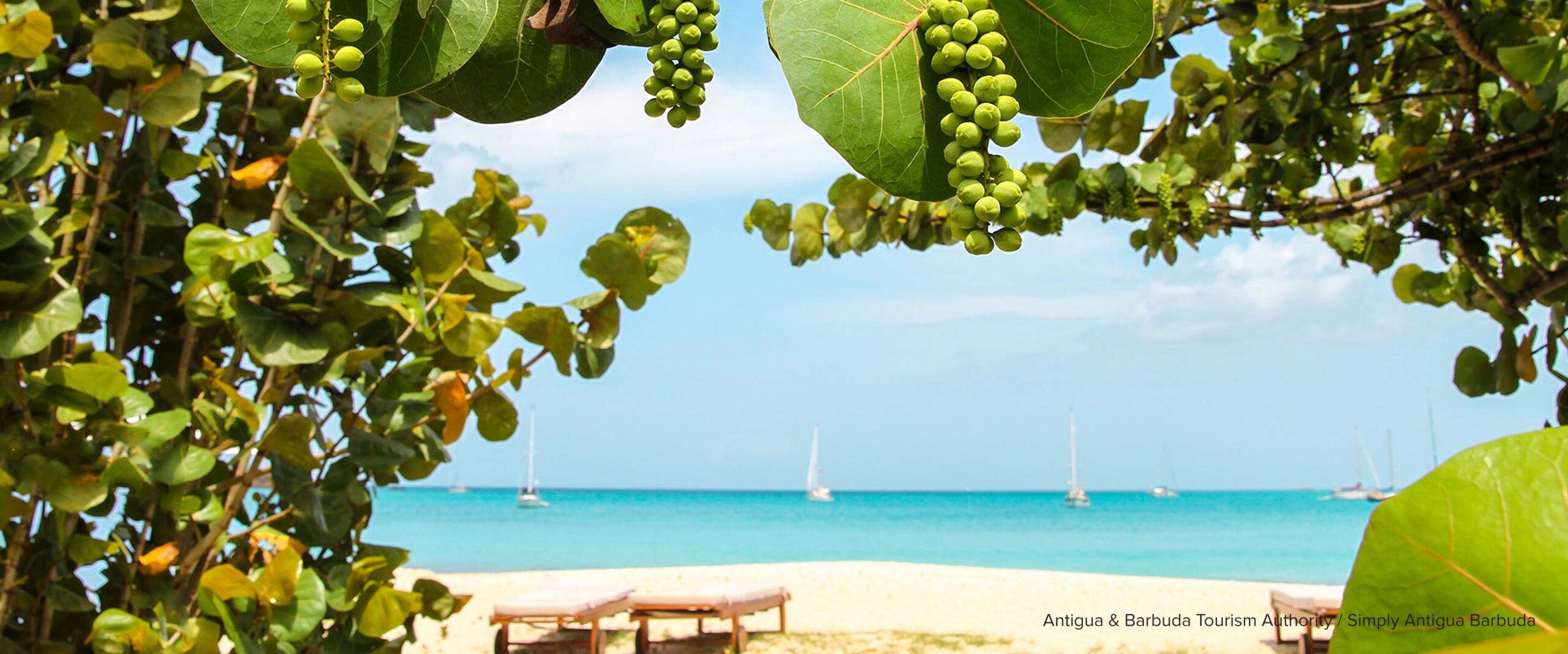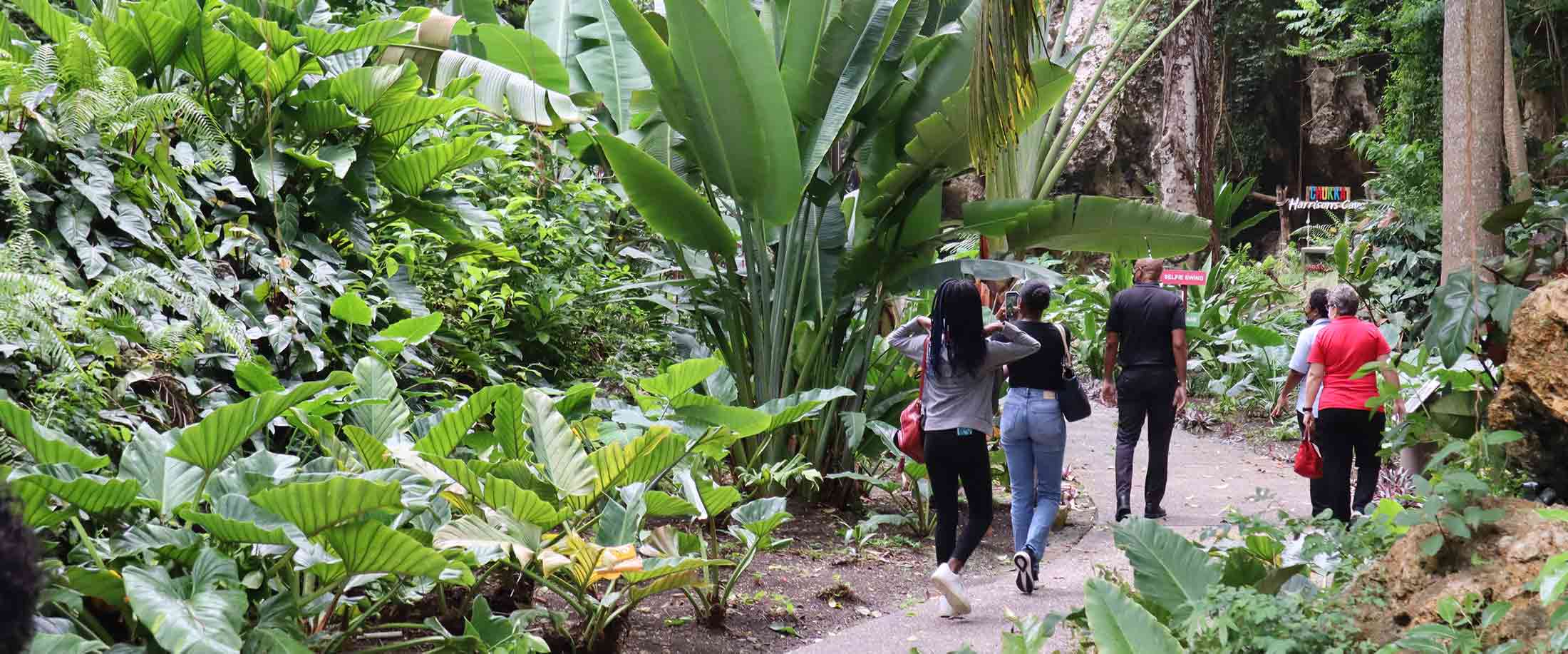
This training program for Barbados’s tourism industry focused on reducing tourism’s carbon footprint on the island and building capacity to adapt to climate change. Barbados is a small island in the Caribbean that relies on tourism for a large portion of its income. Many Bajans own their own tourism companies,...
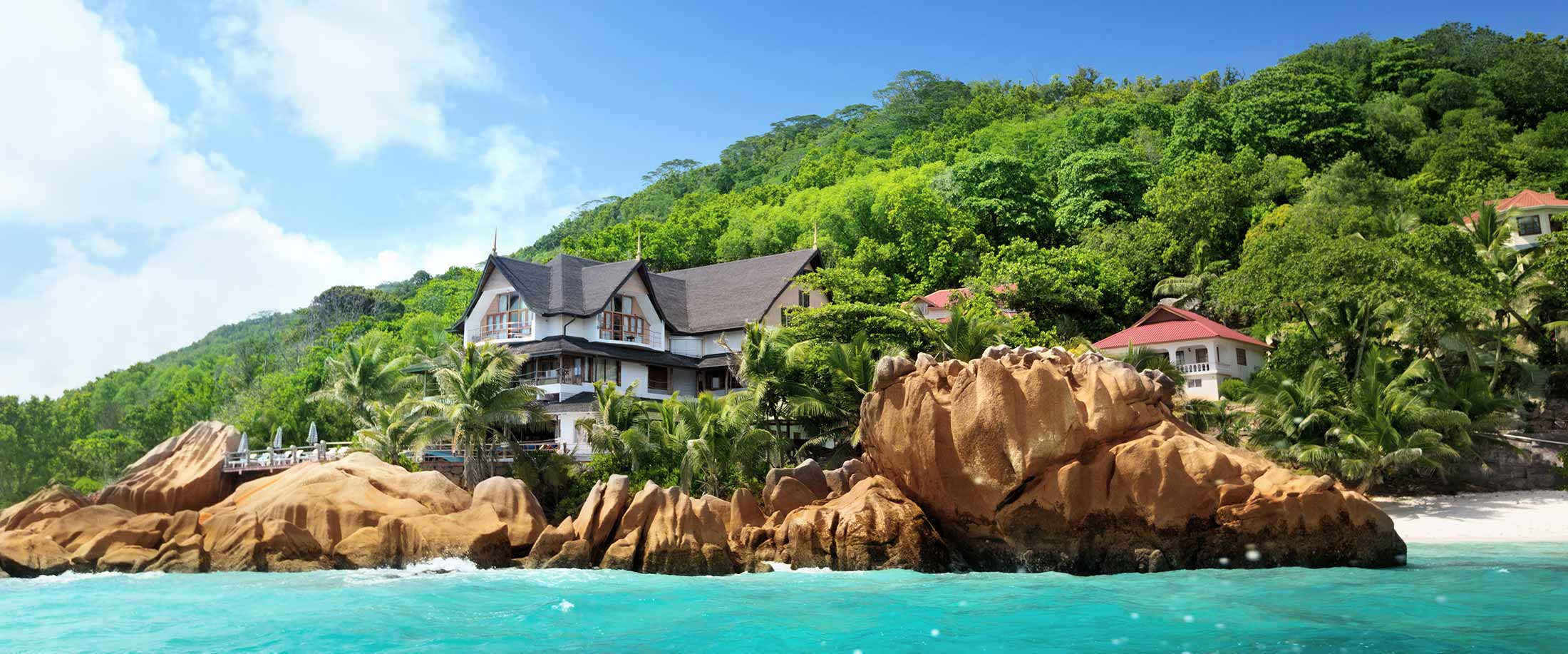
Building a roadmap for low-impact, high-value tourism that preserves the beauty and ecosystems of Seychelles while developing sustainable infrastructure and boosting the economy. The 115 islands of Seychelles form an archipelago in the Indian Ocean. Boasting world renowned natural heritage, pristine beaches, and clear tropical water, the small island nation...
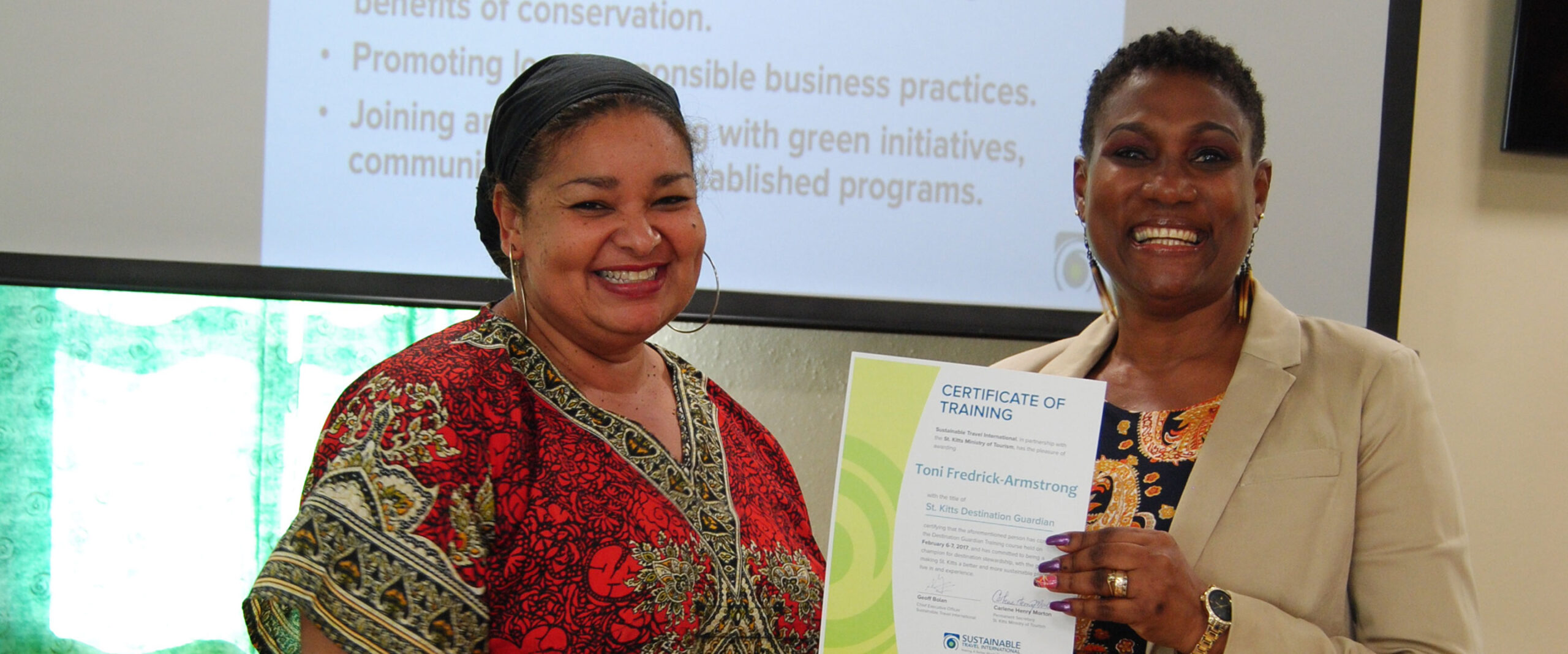
A collaborative training workshop that raises awareness around sustainable tourism and empowers Kittitians to act as Destination Guardians who take care of their island home. It Takes an Island In St. Kitts, tourism is everyone’s business. In 2018, the industry contributed more than 25% of the country’s GDP and supported...
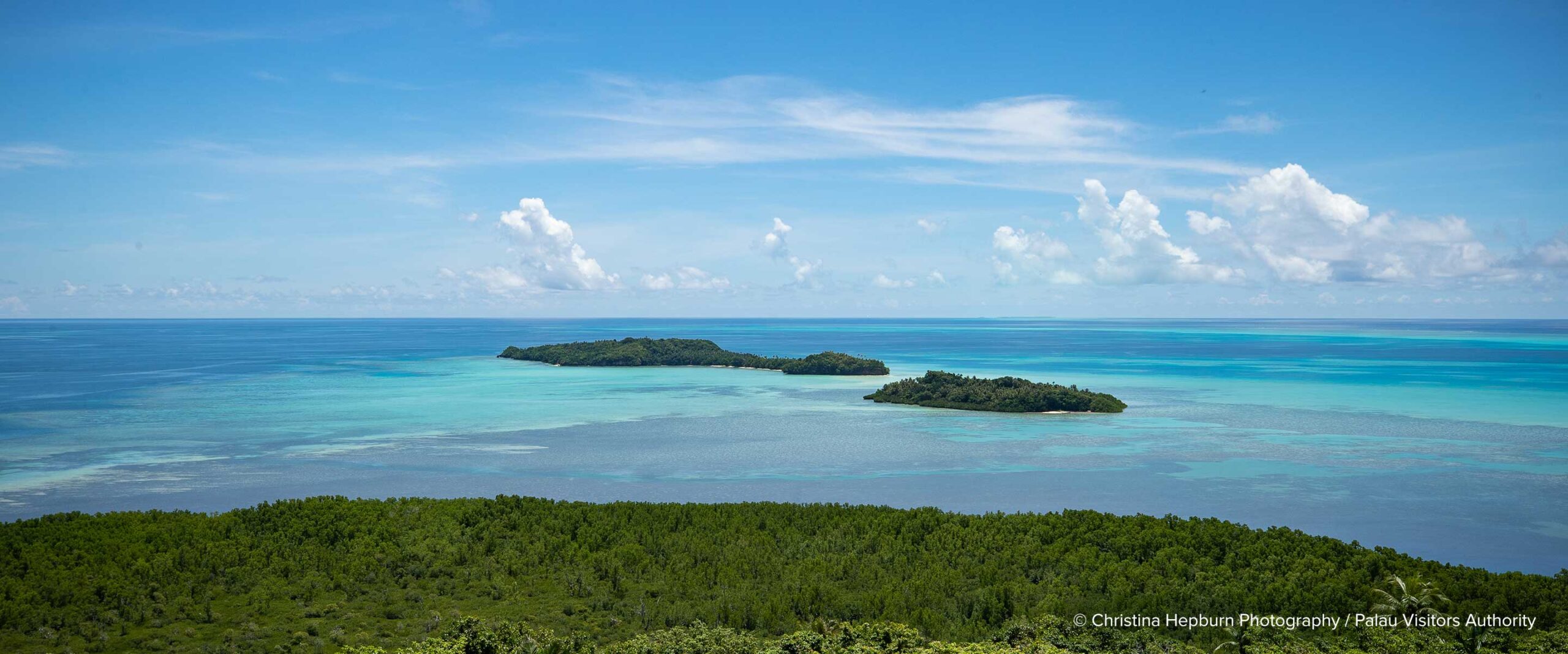
The Pacific Island nation of Palau is a tiny, yet remarkable country characterized by surreal landscapes, pristine seas, and a long cultural history. The archipelago is made up of more than 340 lush green islands jutting out from the glimmering ocean, only nine of which are inhabited. Remote and Secluded...
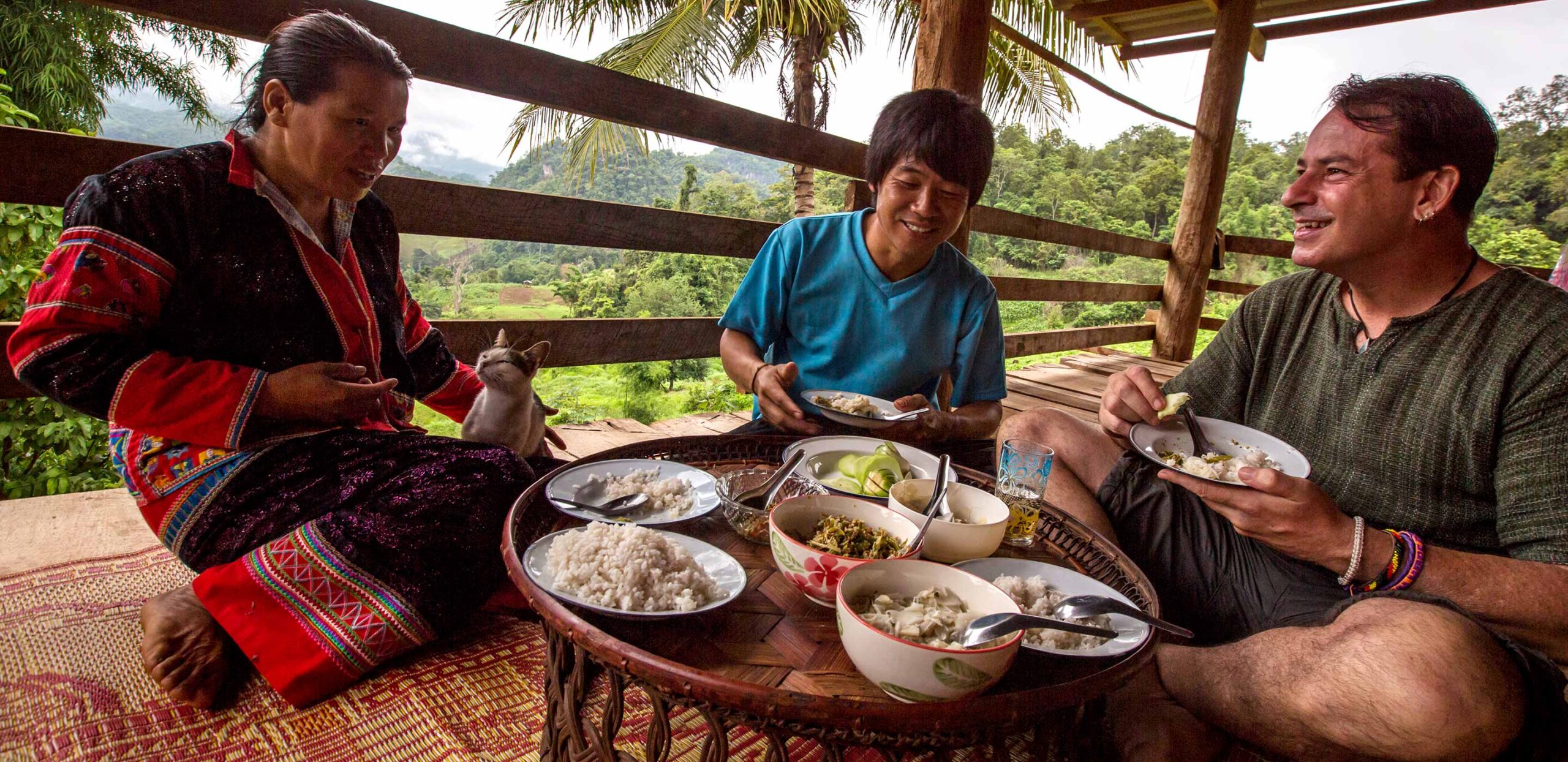
International tours can generate tremendous benefits for people around the world, but only if local communities are embedded throughout their supply chain. We developed a tour evaluation system to help one of the world’s largest adventure travel companies, G Adventures, evaluate and boost their local impact. Tourism’s Ripple Effect on...
